When I picked up Atomic Habits by James Clear this week for the second time, I didn’t expect to have such a profound shift in how I see myself. Clear’s concept that “every action is a vote for the type of person you want to become” hit home, challenging me to review my identity. Who am I today? Who do I aspire to be? Focusing on my identity has helped me reinforce habits that align with who I am and aspire to be.
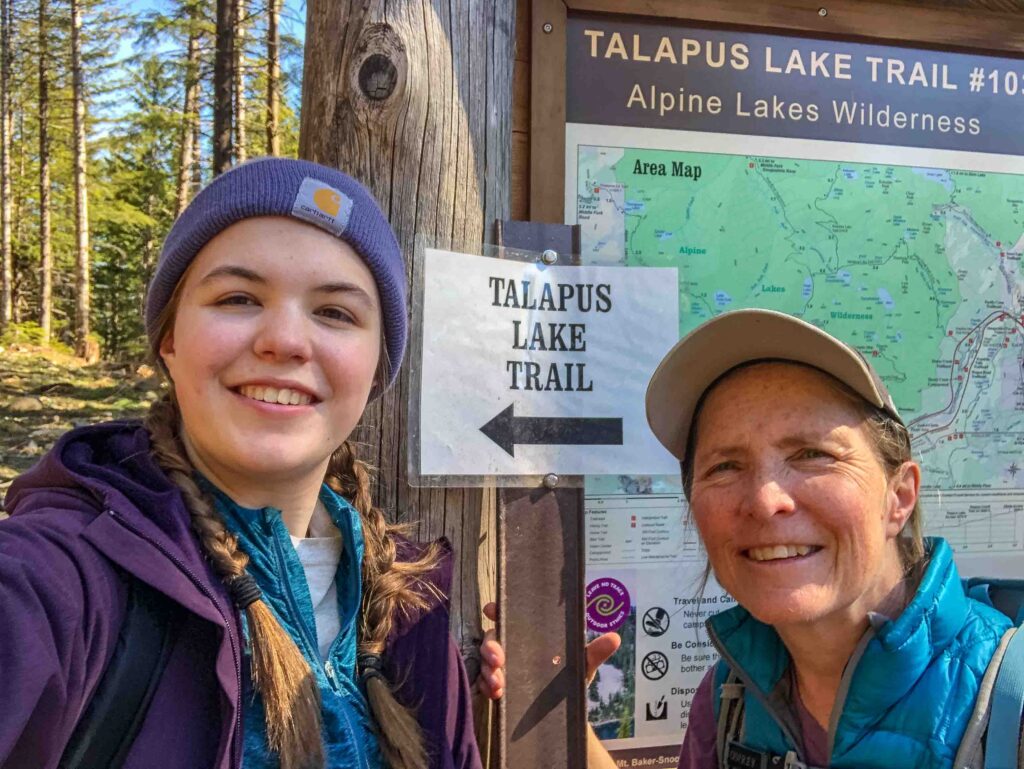
Atomic Habits: Rethinking Your Identity
As we approach 2025, you might be ready to form new goals. I prefer to use the word “intentions.” Here are some relevant articles about goals or intentions I’ve shared in the past:
- Take the Next Step: How to Conquer Daunting Tasks (Aug. 2024)
- Process Goals (Feb. 2024)
- How to Set Intentions (May 2023)
- Five Minute Actions (Jan. 2022)
- SAGE (Keep it Simple and Good Enough) (Jan. 2022)
This year Atomic Habits has challenged me to think more deeply about identity and habits. Habits are more than a way to achieve goals; they are about becoming the person you want to become.
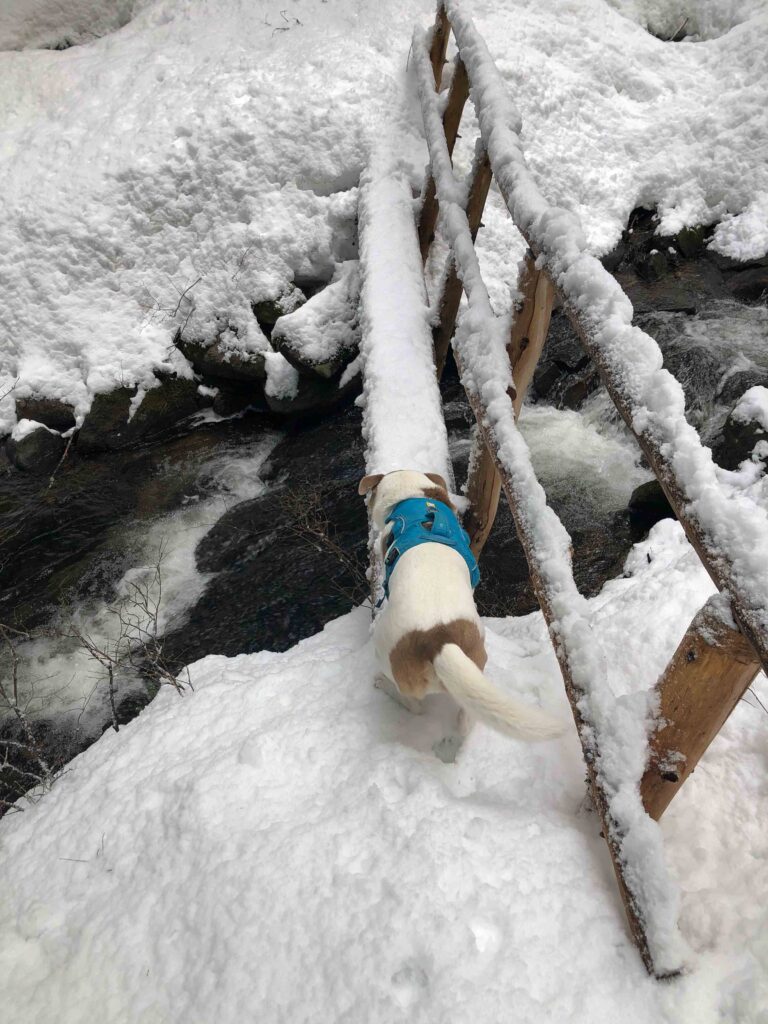
How Do You Identify Yourself?
A good habit I already have in place is identifying as a hiker. What is the lifestyle of a hiker? Hikers move their bodies regularly. They eat and drink to enable the successful performance of their activity. And they include self-care activities for restoration such as using a hot tub, grounding, getting adequate sleep, and keeping their bodies strong. Check.
Where I wish to add to that identity is someone who empowers others. In 2025 I aspire to coach people on how to become a better hiker, using a holistic approach. To grow into that expanded identity, I will offer classes through the Mountaineers — and any other organization that will let me — spanning sleep, recovery, nutrition, nature journaling, birding, stress management, and soft skills leadership. I will no longer be just a solo hiker, alpine coach, or blogger. I will become a hiking influencer. Such people get in front of others and lead.
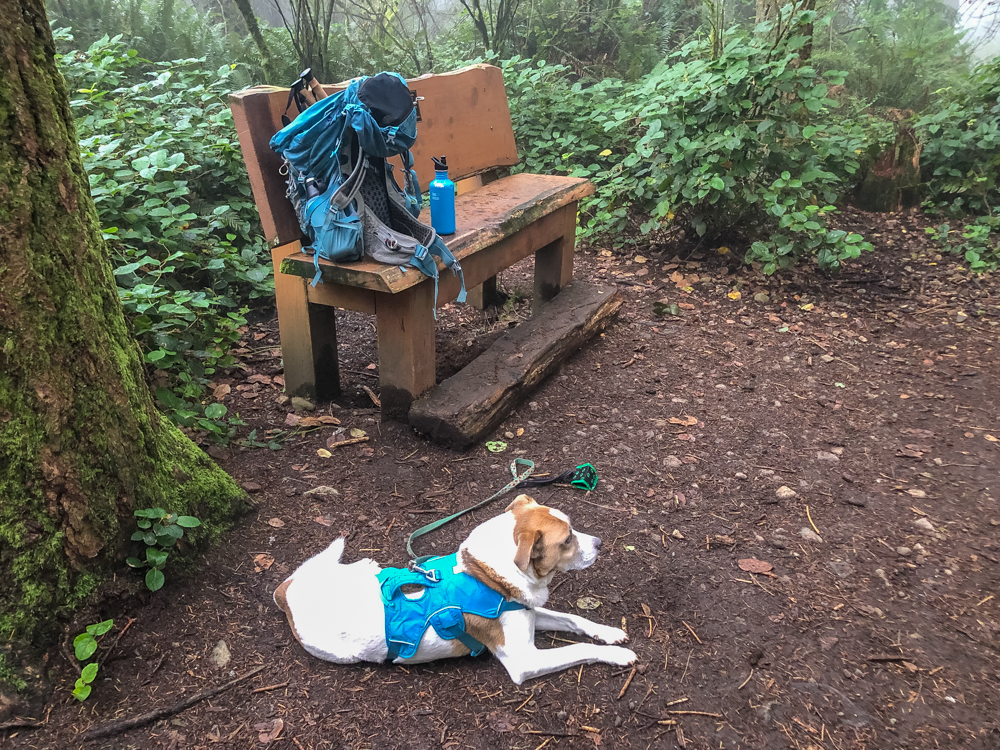
TAKEAWAY: Write down 10-15 ways you identify yourself. You might be a parent, sibling, activist, knitter, SCUBA diver, babysitter, or financial planner. Once you have your list of roles, see what activities you fulfill in those roles. What skills does that person typically have? Do you have all the necessary skills or are there areas you’d like to develop?
Building on Strengths: Who Are You?
While I can reach more people by offering classes, public speaking is scary, especially for introverts. However, in November I proved to myself that I could develop and teach new classes. My strengths vary greatly. I have been an alpine conditioning coach for over 25 years. As a health and wellness coach, I am well-versed in change psychology, movement, sleep habits, nutrition, and stress management. I am comfortable in the mountains completely alone. And I am a lifelong learner.
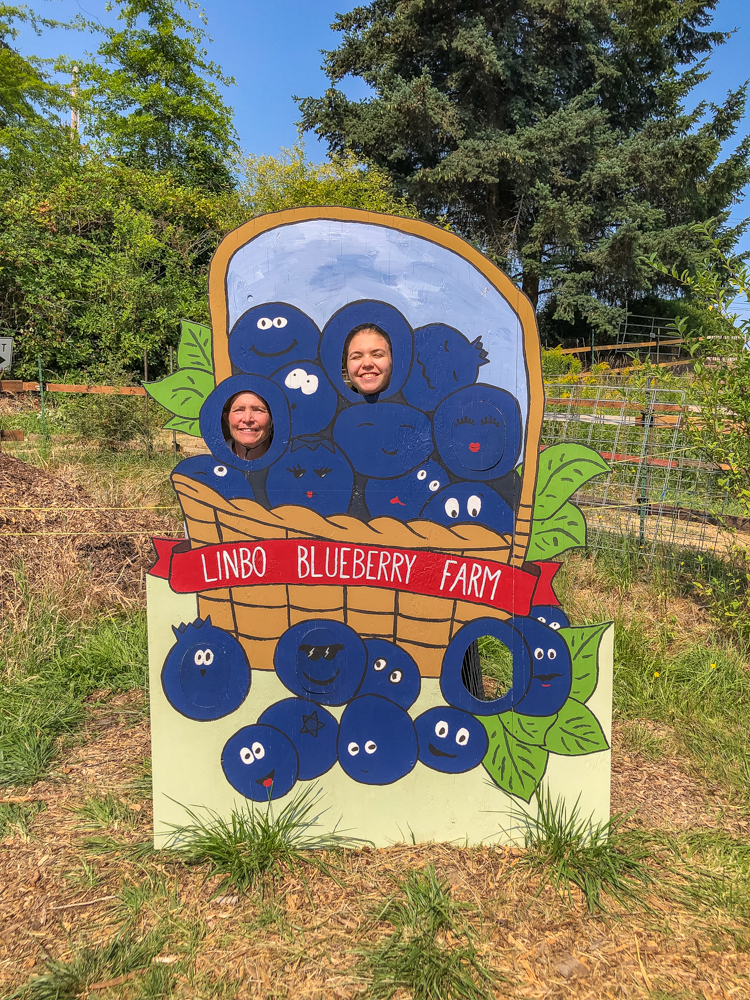
Habits Reinforce Identities
Transitioning from teaching one person at a time to teaching many is a way of expanding outside of my comfort zone. If I look at some of my positive habits — exercising daily, using Duolingo to learn French, Spanish, and Italian, and blogging weekly, to name a few — each reinforces an identity I have for myself. When I publish a blog post, I strengthen my identity as a competent author and proficient technology user. Whenever I walk my dog, hike, or do a strength workout, I reinforce my identity as a seasoned hiker.
By tapping into those superpowers of being a consistent exerciser, lifelong learner, and author, it is no longer a big stretch to reframe public speaking as a new way to learn from those who attend, to share my passion for movement and change, and to get more material to share in my blog. Embracing the new role gets less scary.
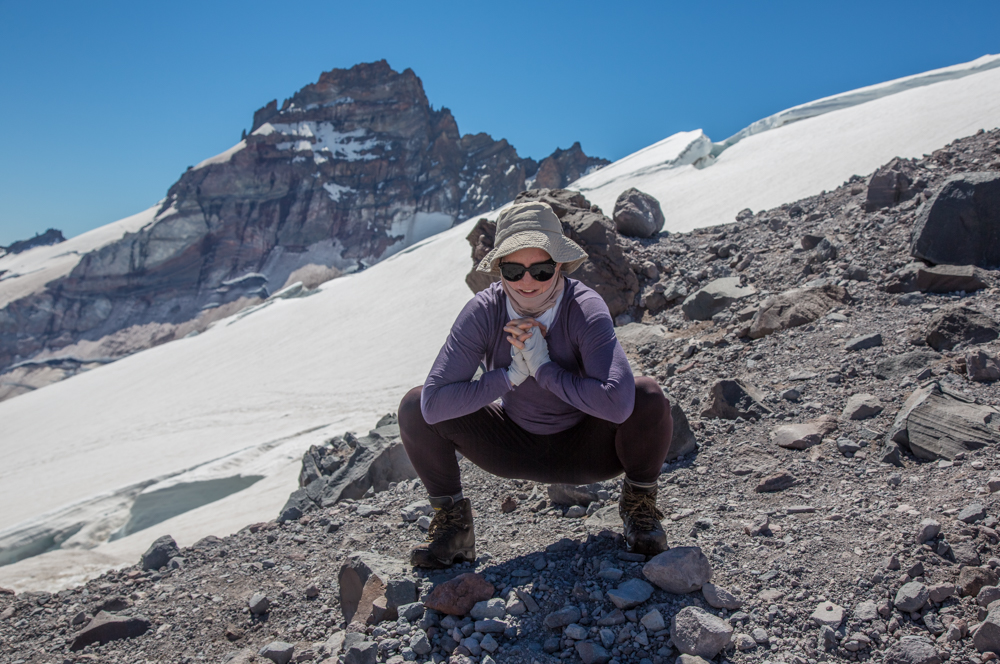
TAKEAWAY: A client of mine has a superpower for planning international trips. I suggested she use that planning skill to help her develop a creative habit. What are your strengths? Who do you identify as? What identity would you like to grow? Can you see ways to use your strengths to help form a new identity?
Atomic Habits Identities: Who Do You Want to Become?
Now that I have set up several talks and hikes with the Mountaineers, I am setting the stage to solidify my role as a public speaker and confident hike leader. The identities I wish to cultivate include: 1. Connector/influencer; 2. Someone who follows through; and 3. Someone proficient with technology. What steps do I need to take to create those identities? Which skills do I need to develop? What atomic habits do I need to cultivate to replace outdated habits that no longer serve me?
Connector and Influencer
My primary roles in this identity include public speaking, collaboration, teaching, and leading hikes for the Mountaineers. Scheduling two hikes per month and reaching out to potential collaborators helped me get the ball rolling. In Precision Nutrition coaching parlance, I have “shaped the path” or “influenced my environment” so my intentions evolve naturally.
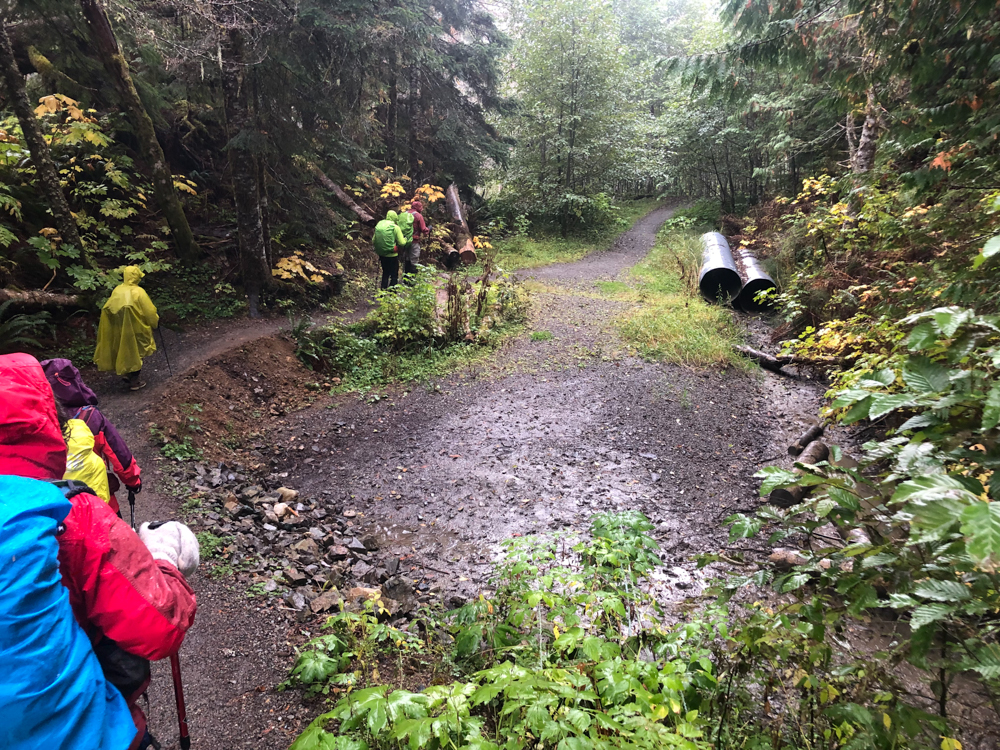
While this feels like a natural progression of my strengths, it also required deliberate effort starting in August when I first found a collaborative partner. Subsequent connections were easier to make. Clear makes an important point in chapter 1: “Habits often appear to make no difference until you cross a critical threshold and unlock a new level of performance.” Clients often give up too soon, thinking “I don’t see any difference, it must not be working.” My best advice is to follow through.
Someone Who Follows Through
Easier said than done. My husband gave me several challenges in December. One was to spend an hour, five days a week, establishing a connection with people. While I have not been perfect, I have done more than I would have without the challenges. What is helping more than the actions is reframing my identity into “I am someone who follows through.” Clear’s suggestion to aspire to do 1% better every day is something I can do.
Tiny steps add up. Trying to reach one person a day means I would connect with more than 300 people in a year. That is way more people than zero!
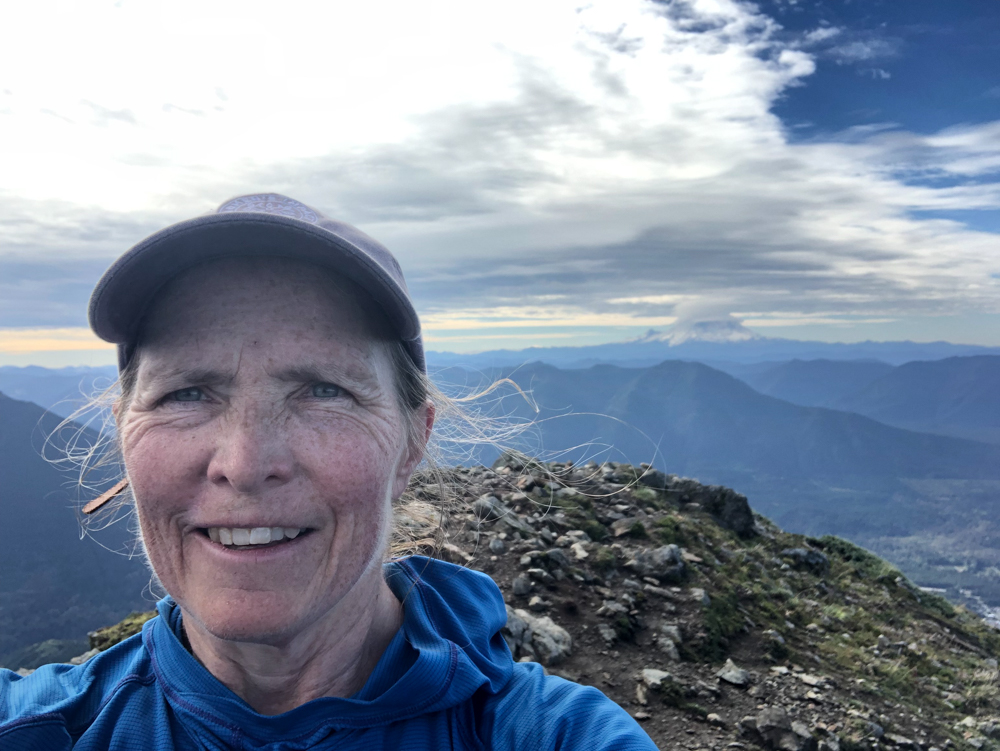
Another example of following through is learning about neuroscience, a commitment of more than 1000 hours. It’s easy to look at the entire project and become overwhelmed to the point of stalling. But by committing to 10-15 minutes, I can integrate the habit into my daily practice. Learning about neuroscience feeds my existing identities as a lifelong learner and hiker. It also fuels my desire to share with others as a hiking influencer.
Someone Proficient in Technology
Of the three identities I wish to cultivate, someone with technological proficiency feels the most daunting as technology constantly changes. Even the tools I use regularly (Powerpoint, Excel, Word, and Google) have features I will never use. I prefer email to text. Cell phones confuse me (where’s the microphone?) I prefer old-fashioned TVs that start with one knob instead of high-tech screens with six remotes. Don’t even get me started on Instagram.
However, I took a few baby steps toward learning new technological skills to help build my Superhiker identity. I purchased an annual membership to AllTrails.com for navigation assistance in the wilderness. And, I registered for a refresher navigation course, since new technology is available that I know nothing about.

TAKEAWAY: Think of 3-4 identities you would be interested in cultivating in 2025. Perhaps you want to become a badge seeker within the Mountaineers. Or a Super Manager for your company. Maybe you want to become a published author. Think of three small steps you might take toward developing that identity. What would such a person do? What could you do to develop atomic habits toward that identity?
The Power of Small Wins: Connect Habits to Identity
Small habits build momentum. The talk I envisioned in August and delivered in November has grown into six more by March in 2025. The hiking mentor action I took in January of 2024 has grown into becoming a hike leader for an organization with over 15,000 members and five hike leads before March 10. And the fear of technology diminishes every time I sign up for a new course or succeed at restarting some program that glitched on me. Practice leads to mastery.
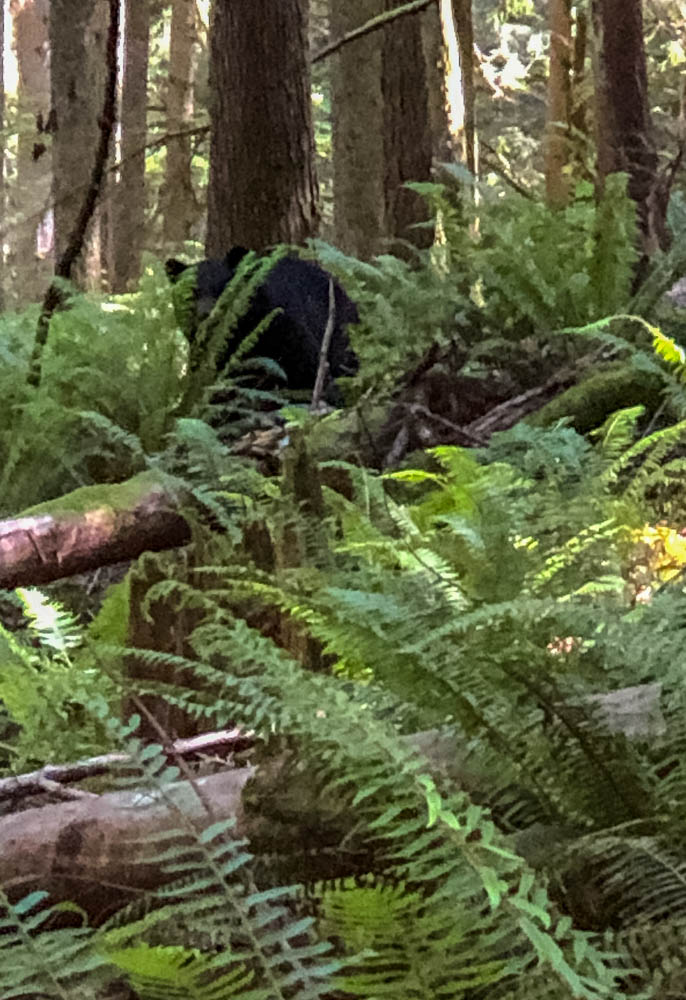
By committing to Clear’s “1% better daily” practice and identifying who you want to become, you can create atomic habits and a powerful new identity and stay inspired to keep moving forward. Who do you want to be in 2025? What support do you need to reach that identity? I can help!

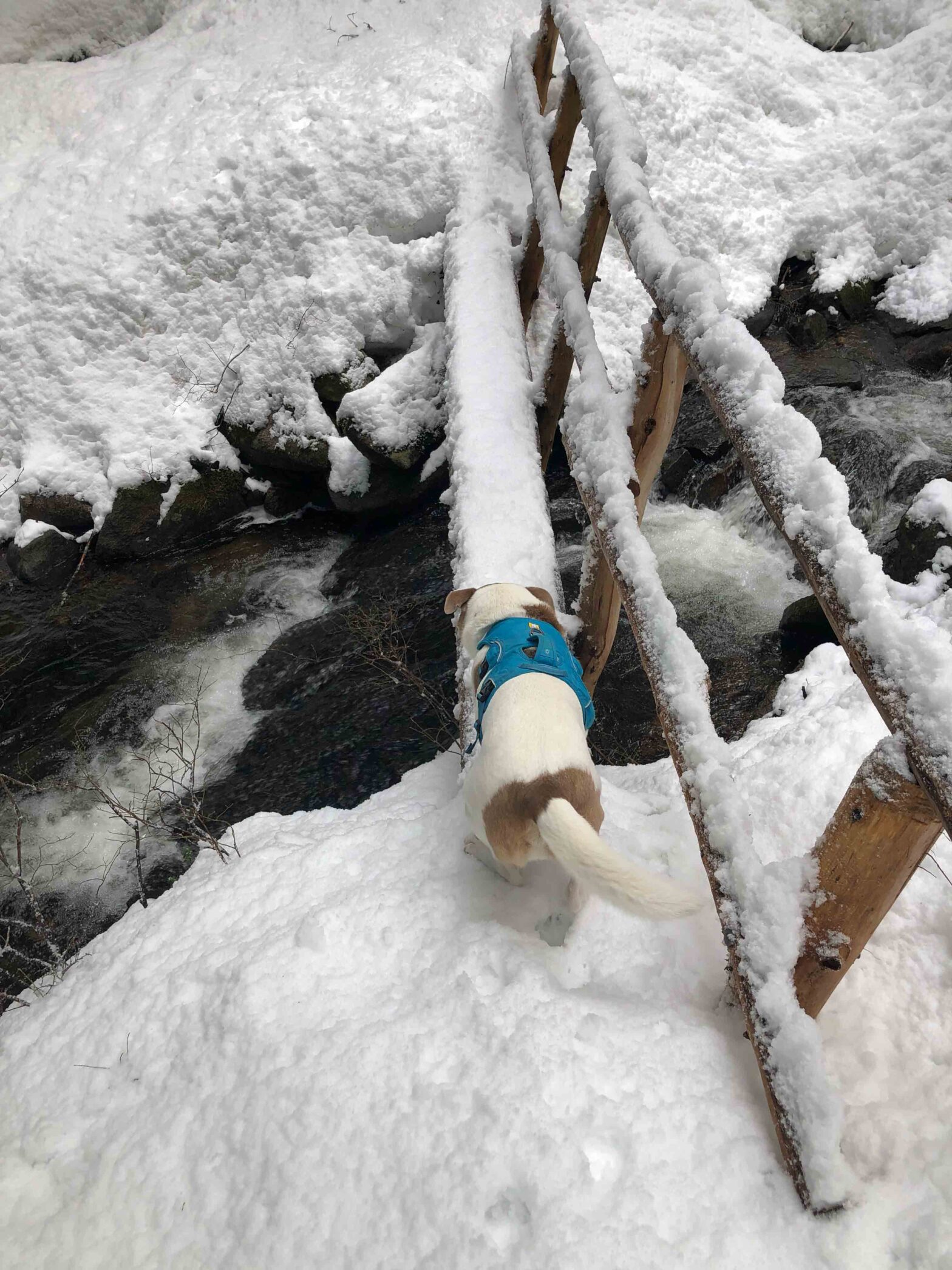
Thought-provoking and inspirational, Court.
I’ve been contemplating 2025 for several weeks now. After your read, I reflected on one of my lessons learned from last year – the secret sauce is practice as a way of life, of being and becoming. When I reframed one of my identities as “I am a healthspanner”, something clicked. Linking these two enabled me to prioritize actions on my list and choose my next steps with more clarity. Thank you!
Perfect example of Clear’s chapter two and our identities. I love “I am a healthspanner” with what you’ve been working on for the past year. Bravo! Thanks for sharing and habit on!
Great article, Courtenay.
Habits are more important than inspiration. You need to keep practicing & practising more. We all know when we reach a plateau, it can be easier to stop and give up our intention.
Today i came across this quote ” Stop, you’re not good at it..But if i stop I’II never be good.”.
thanks for the great ideas & positivity.
Thank YOU, Silvie-Marie, for bringing us a new quote. The first part of that thought often comes to me around technology, but I’ll have to remember the flip side. Or tack on the simple, powerful word “YET.” If we stop, we’ll never improve. We’re simply not good at it … YET. Appreciate your post! Happy New Year!
Excellent blog as usual. Lots to think about as the new year approaches. I have already started considering my “new identities”. Small steps.
Thank you and Happy New Year!
Thanks for your comment, Kristy! We are all works in progress and with the right tools, right approach, and right mindset, we can be MIGHTY!
Happy new year and best for 2025.